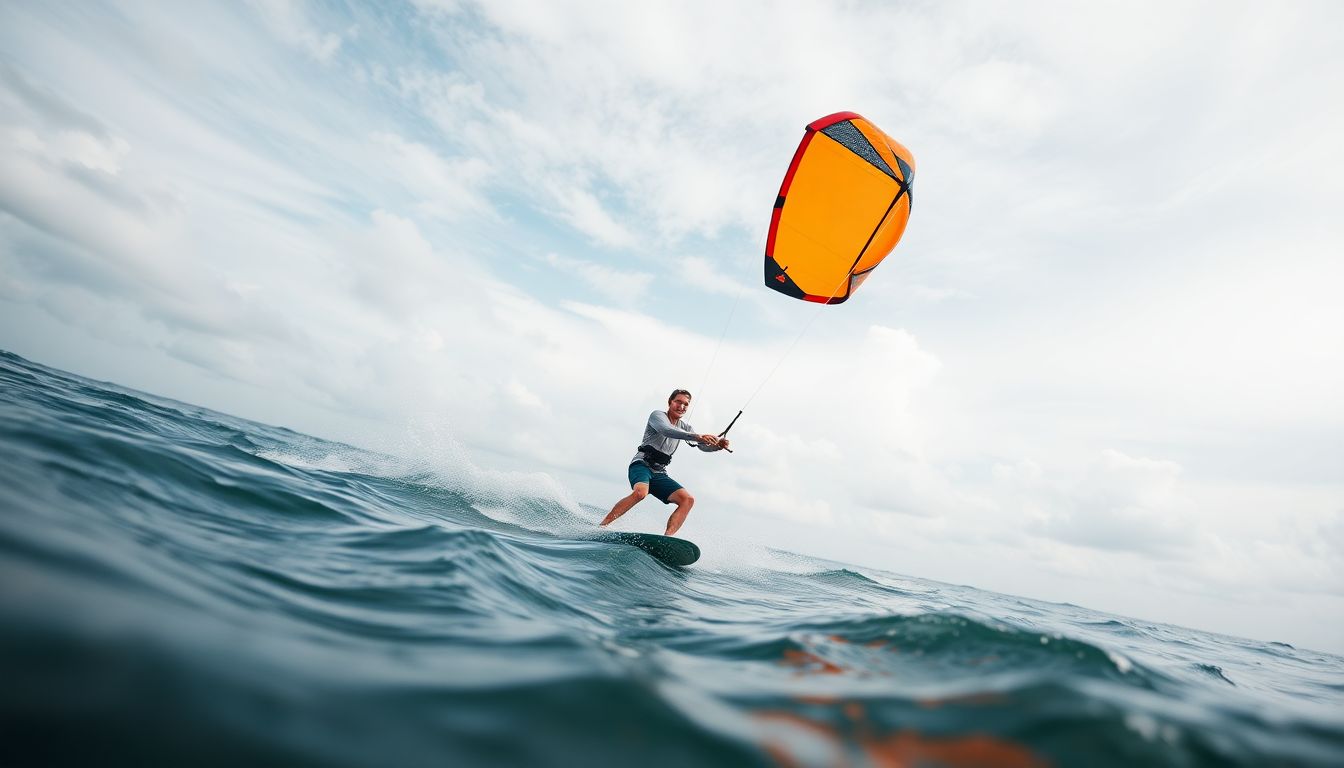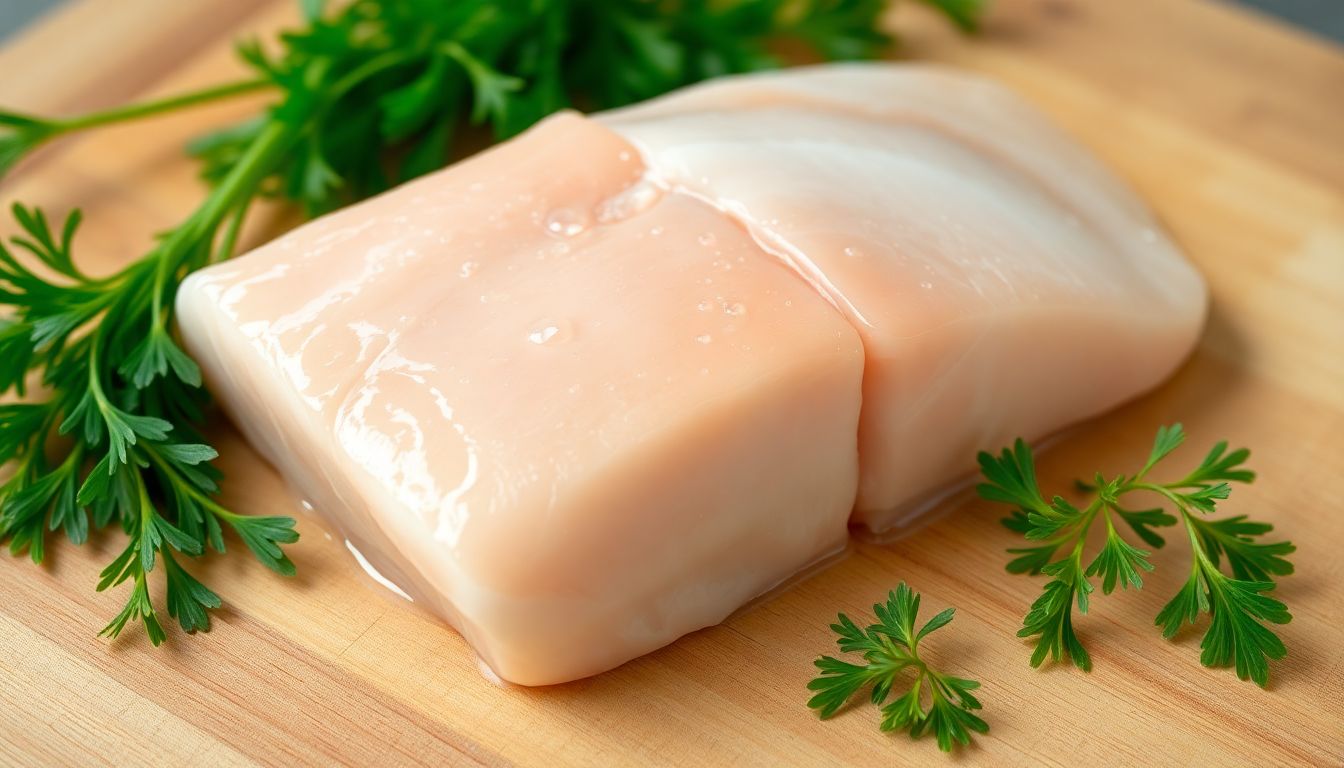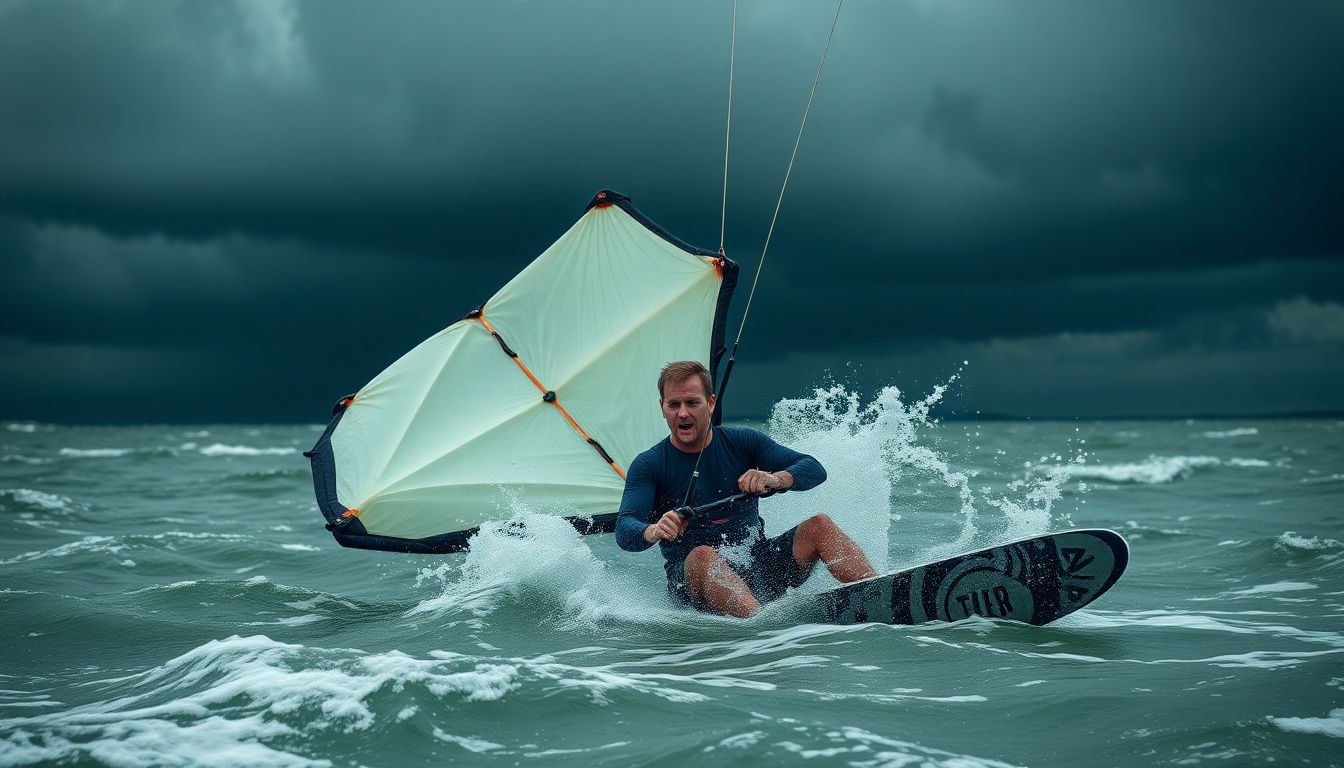A novice kitesurfer once shared how finding the right kite transformed their experience on the water. They went from struggling with control to slicing through waves with ease. This shift not only boosted confidence but also ignited a passion for the sport. As kitesurfing grows in popularity, choosing the right kite becomes increasingly important. With various kite types available, the selection process can be daunting. Proper kite choice is essential for safety, performance, and enjoyment. This guide will help you pick the right kitesurfing kite tailored to your skill level and local conditions.
[Also see our article: A Beginner’s Guide to Choosing the Right Kitesurfing Gear].
Understanding Kite Types and Their Characteristics
Types of Kites
Kitesurfing kites come in several main types:
- Foil Kites: These kites are lightweight and versatile. They’re great for low wind conditions but can be tricky to relaunch.
- Inflatable Kites: The most popular type, inflatable kites have a large surface area and provide excellent lift. They are easy to control, making them ideal for beginners.
- Hybrid Kites: Combining features of both foil and inflatable kites, hybrids offer good performance across varied conditions.
Kite Sizes and Aspect Ratios
Kite size greatly impacts performance. It’s the main factor in determining wind range and rider weight limits. Aspect ratio, the ratio of the kite’s width to its height, influences how the kite flies.
| Kite Size (sqm) | Wind Range (knots) | Suitable Rider Weight (lbs) |
|---|---|---|
| 5 | 20-35 | 130-180 |
| 7 | 15-30 | 130-200 |
| 9 | 12-25 | 150-220 |
| 11 | 10-22 | 180-250 |
| 13 | 8-18 | 200+ |
Materials and Construction
Kite construction materials significantly affect performance and durability. Common materials include:
- Ripstop Nylon: Provides lightweight strength and prevents tearing.
- Dacron: Often used in leading edges, this material is durable and withstands harsh conditions.
Assessing Your Skill Level and Riding Style
Beginner Kites
For beginners, it’s crucial to pick kites that are forgiving and easy to handle. Look for features like:
- Easy relaunch capabilities
- Stable flying characteristics
Models like the Cabrinha Switchblade or the Best Kite’s Tiki are excellent options for those starting. Equipment malfunction accounts for about 30% of kitesurfing injuries, emphasizing the need for reliable gear.
Intermediate Kites
As you improve, choose kites that enhance responsiveness and versatility. Intermediate kites should support skill development. Consider:
- Kites with adjustable settings for different conditions.
- Models like the North Rebel can offer a balanced experience for progressing riders.
Advanced Kites
Experienced kitesurfers often seek high-performance kites. These kites feature high aspect ratios, allowing for greater speed and agility. According to pro rider Alex F., “The right kite makes all the difference in executing advanced maneuvers and tricks.”

Choosing a Kite Based on Wind Conditions
Light Wind Kites
Light wind conditions benefit from larger kites that generate more lift. For example, the Maui Bay is known for its gentle breezes, making it a popular spot for light wind kiting.
Medium Wind Kites
In moderate winds, kites should offer a balance between power and control. Adjust your kite size according to wind speed and rider weight to optimize performance.
High Wind Kites
In strong winds, smaller and more stable kites are crucial. These kites maintain control and provide safety. Always prioritize checking conditions before heading out, especially in high winds.
Essential Kite Features and Considerations
Safety Features
Safety should never be overlooked. Important features include:
- Quick Release Systems: Essential for emergency scenarios.
- Automatic Inflation/Deflation Systems: Simplify launching and packing up.
Statistics show kite malfunctions account for around 20% of reported issues during sessions; therefore, robust safety features are vital.
Bar and Control System
Your control bar impacts your experience. A comfortable, responsive bar allows for better control and maneuverability. Various systems offer unique advantages, so choose one that suits your style.
Budget and Brand Reputation
Balancing quality and cost is crucial. While it tempting to save money on gear, investing in reputable brands ensures better safety and performance. Consider brands with strong reputations in the industry.
Where to Buy and Get Expert Advice
Reputable Retailers
Some reliable options for buying kitesurfing gear include:
- The Kite Shop
- Kiteworldshop
- ProKite
Seeking Professional Guidance
Consulting kitesurfing instructors or shop professionals can provide tailored advice for your needs. Look for certified instructors in your area by checking local kitesurfing schools or associations. For more see here.
Kite Reviews and Comparisons
Research and read reviews on trusted websites like Kiteforum and Kitesurfing Magazine. These platforms offer firsthand insights and comparisons to help you make informed decisions.
Conclusion
Choosing the right kitesurfing kite involves understanding kite types, assessing your skill level, and considering wind conditions. A proper fit enhances safety and enjoyment. Seek advice from professionals, prioritize quality, and enjoy the thrill of kitesurfing with confidence!







